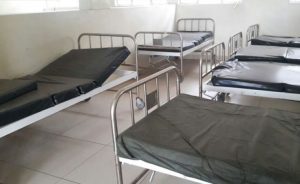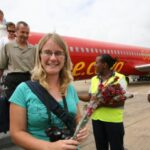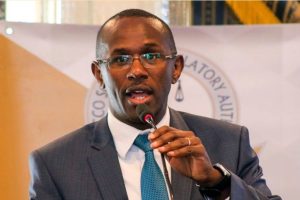Kenya has made tremendous strides in the improvement, expansion and development of the health infrastructure and service delivery in the past decade. More and more people are accessing some form of healthcare services as providers draw closer and closer to the people.
Various health service providers have invested heavily in new technology and equipment so as to offer locally services that were initially only accessible in India, South Africa, Israel, Britain, America and UAE amongst other countries.

Despite this great investment, Jayesh Saini observed that the country still lags behind in attaining the required healthcare human resources, especially the specialized care and diagnostics personnel. This means that people still need to travel to other countries to get the services.
Jayesh Saini believes it is time that Kenya health industry considers very critically how to join hands with specialty hospitals in other countries for knowledge and skills transfer programs. Instead of hiring foreign doctors, the programs would enable exchange programs where local personnel would go to facilities in the program to learn and gain the required skills and know-how to return to the country to utilize. At the same time medics from those countries would also come and train the local medics even as they understand the Kenyan demographics and services delivery. As more and more of the local medics especially the doctors, nurses, radiology staff and equipment technicians get the required skills sets, the lower the need to transfer people to other countries for medical attention.
More focused exchanges should also be introduced in the medical training institutions so as to ensure that students graduate with skills and competences that are advanced due to exposure to more advanced studies – including of more ultra-modern equipment, procedures and interventions. One way this can be done also would be through collaborations and setting up of wings from well renown hospitals and medical universities in government facilities or in private facilities. In the latter case, the government should recognize that it is not all about profits but more for capacity building for self-sufficiency as a country and therefore should not raise taxes that would make the expected gains not achievable.
Associations like this would definitely create more confidence even with our public facilities which we must appreciate have been carrying out successfully very complex surgical procedures to the amazement of many.
Building this capacity will not only be beneficial to Kenyan patients but also the regional patients who have been seeking for services for years from facilities in Kenya.
















